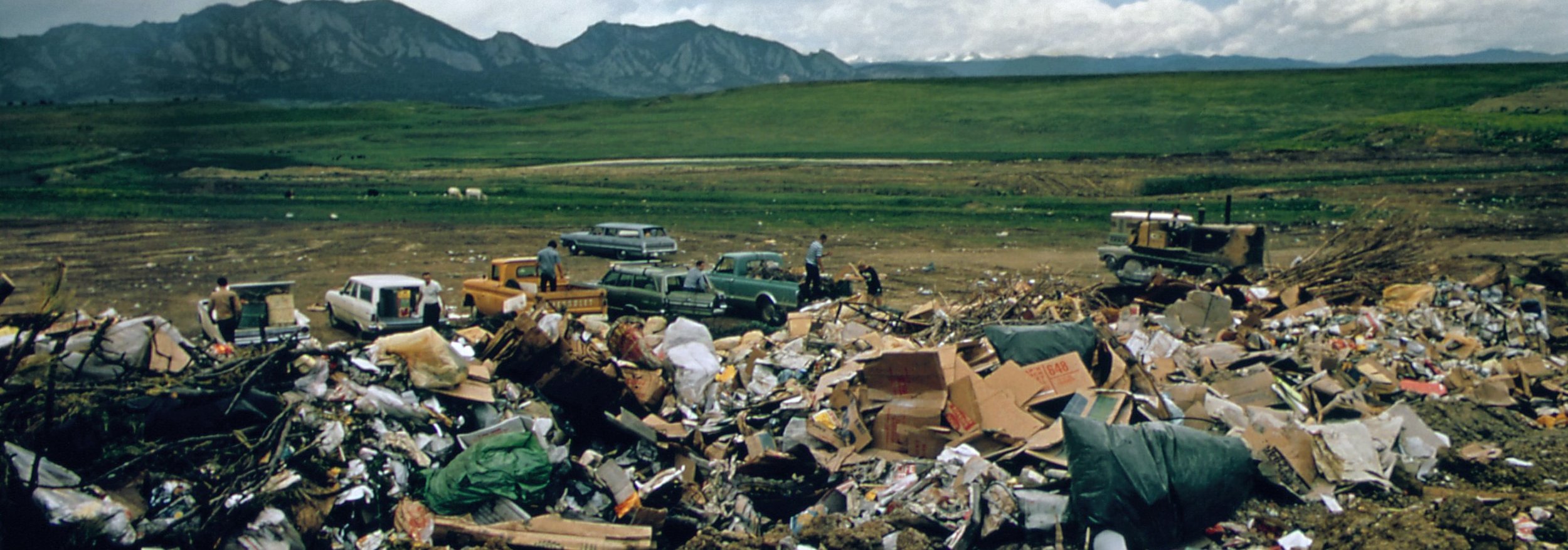
PFAS and Landfills
PFAS and Landfills
Landfills aren’t designed to last forever, but PFAS are. As a result of their persistence and mobility, PFAS can easily escape from landfills, either entering the air or leaking through lining systems. Consequently, PFAS is frequently identified in both ground and surface water, as well as in liquid waste that seeps from both historical and active landfills. PFAS has been consistently measured in landfills across New York, Minnesota, and Vermont; however, waste managers persist in depositing PFAS-contaminated materials in these landfills.
In the United States, the disposal of municipal solid and liquid waste from residential, commercial, and industrial sources in landfills is on the rise. Landfill leachate, formed through the percolation of precipitation through solid waste and the downward migration of liquid waste, is a byproduct of this disposal process. Complex mixtures of contaminants, posing concerns for both human and ecosystem health, are found in leachate. Notably, PFAS are increasingly detected in leachate due to the growing prevalence of consumer products manufactured with PFAS.
In the United States, landfill leachate is primarily discharged to sewer infrastructure for co-treatment in wastewater treatment plants. This is not very effective, as PFAS such as PFOA and PFOS can be resistant to municipal wastewater treatment
In EPA’s Effluent Guidelines Program Plan published in January 2023, EPA outlined their plan for dealing with PFAS in landfill leachate. EPA evaluated discharge data from over 200 landfills from across the country and found PFAS present in the leachate at over 95 percent of the landfills. PFAS detections included 63 different PFAS with average concentrations for an individual compound as high as 14,000 parts-per-trillion. EPA intends to revise the existing Landfills Point Source Category (40 CFR part 445) ELG to address PFAS discharge from these landfills pending resource availability. Once EPA develops the schedule for this rulemaking, it will be published in EPA’s Regulatory Agenda.
Information on PFAS and Landfills
Articles:
PFAS and Closed Landfills
Minnesota Pollution Control Agency
New Yorkers should not have to worry about water contaminated by our landfills
Laura Orlando, Press Connects, 4/20/23
EPA proposes further leachate regulations after study finds PFAS at 95% of surveyed landfills
Megan Quinn, Waste Dive, 1/24/23
Effluent Guidelines Program Plan 15 — Landfills Point Source Category
EPA, January 2023
Ten Bad Things We Do With PFAS Waste
Sonya Lunder and Denise Trabbic-Pointer, Sierra Club, 6/27/22
PFAS Issues Facing Landfills
Stephen Zemba, Sanborn Head, 5/27/22
Landfill leachate contributes per-/poly-fluoroalkyl substances (PFAS) and pharmaceuticals to municipal wastewater
Jason R Masoner, 3/13/20
